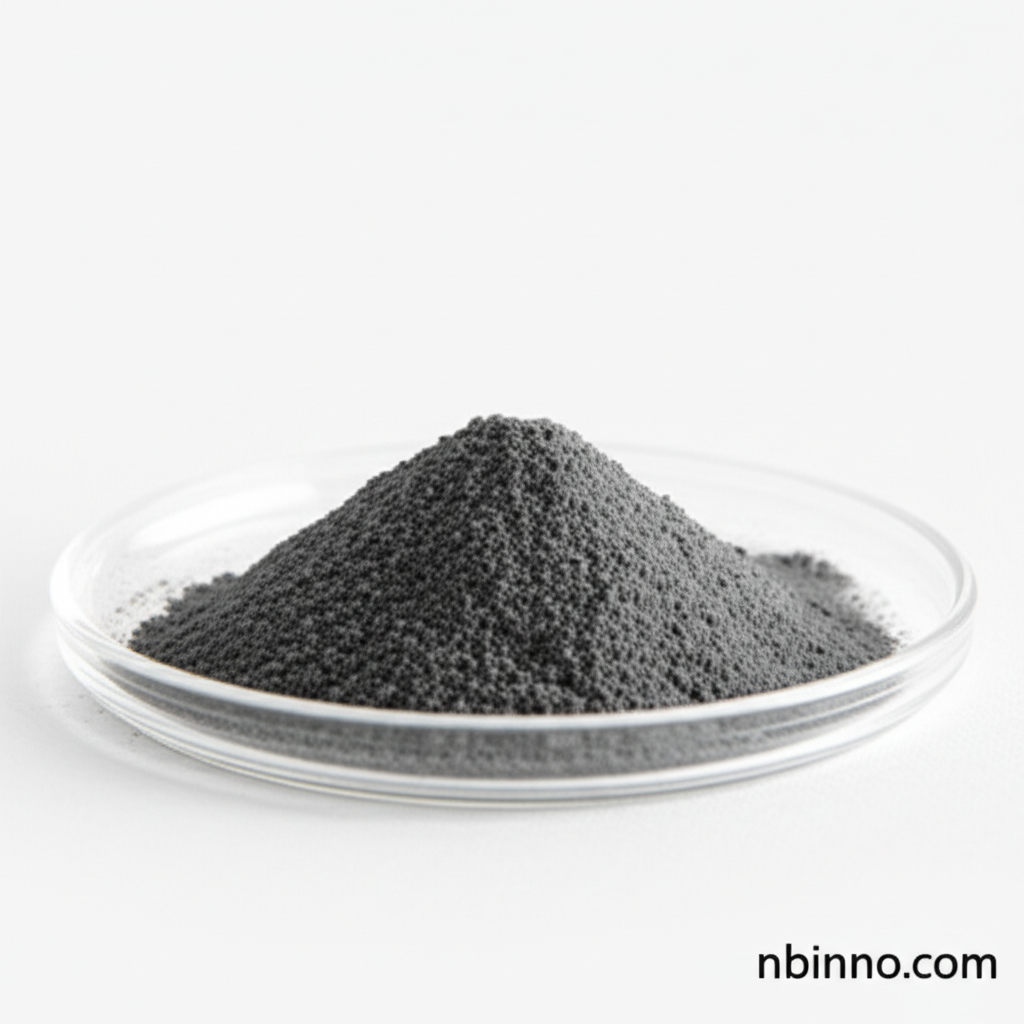2-Iminothiolane Hydrochloride (CAS 4781-83-3): Your Trusted Protein Modification Reagent Supplier in China
Discover the essential role of 2-Iminothiolane Hydrochloride in advanced biochemical research. As a premier manufacturer and supplier in China, we offer high-purity reagents essential for protein-protein cross-linking and the introduction of reactive sulfhydryl groups, ensuring your R&D projects achieve optimal results with reliable supply.
Get a Quote & SampleUnlock Advanced Protein Chemistry with High-Purity 2-Iminothiolane Hydrochloride

2-Iminothiolane Hydrochloride
As a leading supplier and manufacturer of fine chemicals in China, we provide 2-Iminothiolane Hydrochloride (CAS 4781-83-3) with exceptional purity (98%). This vital reagent is indispensable for studies involving protein-protein cross-linking and for introducing reactive sulfhydryl groups into proteins, enabling sophisticated downstream reactions. Trust us for your bulk purchase and consistent supply needs.
- High Purity (98%): Ideal for sensitive biochemical applications requiring consistent results.
- Protein-Protein Cross-linking: A key tool for studying cellular organelles and oligomeric enzymes.
- Sulfhydryl Group Introduction: Facilitates subsequent reactions with alkylating agents or heavy metal compounds.
- Reliable Manufacturer in China: Secure your supply chain with a trusted B2B partner for your purchase.
Advantages of Sourcing 2-Iminothiolane Hydrochloride from Us
Superior Quality Assurance
We guarantee a minimum purity of 98% for our 2-Iminothiolane Hydrochloride, ensuring the integrity and reproducibility of your experimental outcomes. As a dedicated chemical manufacturer, quality control is paramount for every batch.
Cost-Effective Procurement
Leverage our competitive pricing as a direct supplier from China. We offer cost-effective solutions for bulk orders, making it easier for research institutions and pharmaceutical companies to buy high-quality reagents affordably.
Stable Supply Chain & Logistics
Benefit from our robust manufacturing capacity and efficient logistics. We ensure a stable supply of 2-Iminothiolane Hydrochloride, with flexible shipping options from Shanghai and Qingdao ports to meet your global purchase requirements.
Key Applications of 2-Iminothiolane Hydrochloride
Protein-Protein Cross-linking
Essential for investigating protein complex formation and structural dynamics, aiding researchers in understanding enzyme mechanisms and cellular interactions.
Sulfhydryl Group Functionalization
Enables targeted modification of proteins, creating reactive sites for conjugation with probes, drugs, or other biomolecules for advanced research.
Enzyme Structure Studies
A valuable tool for researchers studying the structure and function of oligomeric enzymes, providing insights into quaternary structure and subunit interactions.
Cellular Organelle Research
Supports the investigation of intracellular components and processes by allowing for specific labeling and cross-linking of proteins within organelles.
